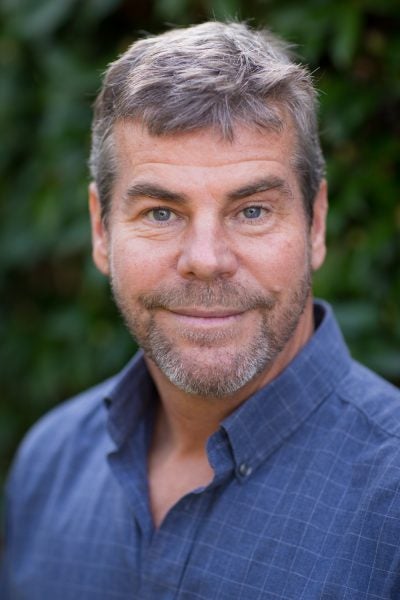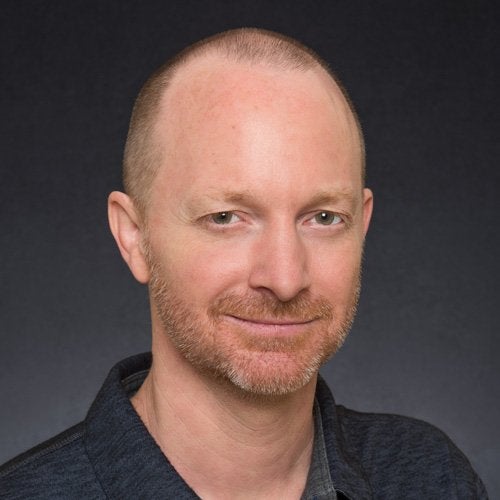In April 2020, we hosted Matt Callison, L.A.c. and Brian Lau, AP., C.SMA from the Sports Medicine Acupuncture Certification (SMAC) Program to discuss a low back pain case study using telemedicine.
Initially this content was supposed to be presented as a live webinar for students and graduates of the SMAC program to be a review of Module II: Low Back, Hip and Groin. While preparing for this live webinar, Matt and Brian spent days recording videos to learn and experiment with using different features of a digital platform and the logistics of using different devices and camera angles.
In this webinar, they will present and narrate the video recording to share how they approach telemedicine through the lens of Sports Medicine Acupuncture (SMA).
What You Will Will Learn:
- Suggestions for preparing your space, camera angles and lighting
- The SMAC approach to assessment and treatment through telemedicine
- Suggested stretches and exercises to prescribe patients
Matt wants share this message for Unified Practice subscribers, UP has developed a HIPPA compliant virtual platform for telehealth visits, Some of the features are:
- Secure, one-time link for each appointment
- Practitioners and patients can connect on any device (tablet, mobile, desktop)
- No download required (some browser limitations/requirements on this end, but in general, you don’t need to download/install anything prior to the appointment!)
- This is available at NO CHARGE for all UP subscribers for the duration of the crisis.
For more information:
VISIT UNIFIED PRACTICE
CHECK OUT THE FULL BLOG POST AND VIDEO
This article and the accompanying video are meant to share Matt and Brian’s experience with developing, designing and working through the logistical issues of a telemedicine consultation. The goal is to help practitioners learn a different way to help their patients during these challenging and ever-changing times of COVID-19.
Visit the SMAC Blog for the full detailed case study:
https://www.sportsmedicineacupuncture.com/telemedicine-guide-a-low-back-pain-case-study/
WATCH THE FULL VIDEO
About the Authors/Speakers:

Matt Callison’s unique ability to blend Chinese Medicine with Sports Medicine for almost 30 years is demonstrated by his excellent reputation. This is particularly evident in his educational program, the “Sports Medicine Acupuncture Certification Program,” which is attended by acupuncturists worldwide. He has over 20 years experience in cadaver dissection that has helped him to further broaden and deepen his educational program for the acupuncturist. Mr. Callison has had a clinical practice for over 26 years and is well known for developing innovative and successful treatment protocols for musculoskeletal injury. He has published many articles including a clinical study on acupuncture and tibial stress syndromes (shin splints) as well as an article on Sports Related Muscle Tension Headaches in the Journal of Chinese Medicine. Furthermore, Mr. Callison is well-known for his work with professional athletes. Mr. Callison is the creator of the Motor Point and Acupuncture Meridian Chart as well as the author of three publications—The Motor Point Manual, Motor Point Index and now available, Sports Medicine Acupuncture: An Integrated Approach Combining Sports Medicine and Traditional Chinese Medicine Textbook.

Brian Lau, AP, C.SMA has 15 years of experience in movement therapy, structural therapy and acupuncture. He began in 1998 with study in tai chi, qigong, liu he ba fa and other internal Taoist arts, which produced such profound changes in his structure and alignment that it propelled his existing interest in health into fulltime professional study. After becoming certified in structural integration (the body of work developed by Dr. Ida Rolf), he went on to study Biomechanics with advanced rolfer Liz Gaggini and fascial connections with advanced rolfer and KMI director Tom Myers. Having developed a focus on internal movement of organs from his Taoist internal practice, Brian also studied visceral manipulation, first with Liz Gaggini and later with the Barral Institute.
While Brian found these manual practices to be powerful tools to effect change in his patients, he noted that internal organ function was often the driving force in patient pathology. He therefore intensified his training by studying Traditional Chinese Medicine. While TCM greatly increased his scope of practice, he did not find it expanded on his previous work so much as it offered another system to use. The Sports Medicine Acupuncture Certification program offered a methodology that bridged the gap between structural theory and the medicine of TCM; Brian entered SMAC intent on fully integrating TCM with his background in structural integration and Taoist internal practices.
 FAST & FREE 2-DAY DELIVERY
FAST & FREE 2-DAY DELIVERY





